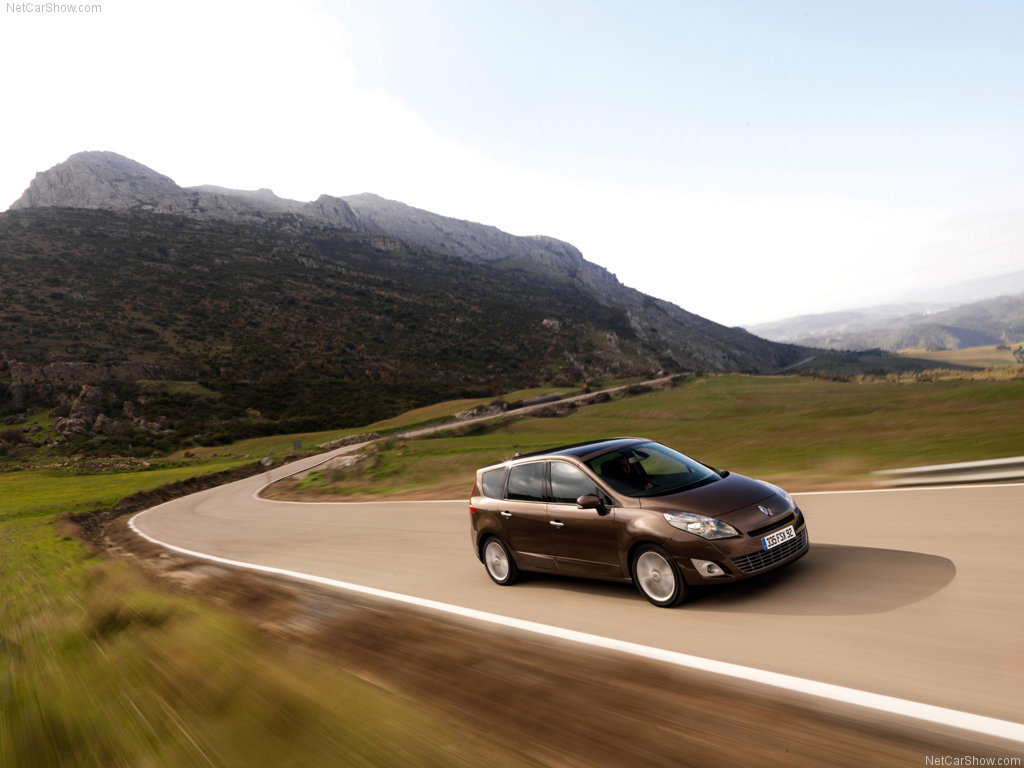Discovering the western motoring etiquette from countryside France
A small town with heart-warming motoring etiquette left our man obsessed with this country. Is this the reason why the French are so happy?
 Driving in countryside Europe is one of the most soothing experiences ever
Driving in countryside Europe is one of the most soothing experiences everFrance is the 23rd happiest country in the world. It’s a commendable ranking, considering the frequent terrorist attacks, migrant problems, and the grèves or protests the country often faces. For perspective, India ranks 140. So how do the French manage to stay happy? The cheese aficionado might point to the over consumption of Camembert de Normandie while the wine connoisseur might argue it’s their daily dose of Bordeaux Rouge that ups their dopamine levels. Although the hardcore automobile enthusiast in me thinks it’s their road infrastructure and strict adherence to traffic rules that keep their motoring related strains at bay. Here are my takeaways from my year long stint living in a small French town called Vichy.
Priority to pedestrians, even to tourist photographers
Err, what? In smaller towns, motorists stop even if they notice tourists photographing a work of art on the other side of the road. Pedestrians play their part too. If they wish to cross the street, they gather on the road side and wait for the light to turn green before crossing over, unlike in India where we cross the same road via multiple points disrupting traffic flow and annoying the motorists. It’s always better and safer to walk a few hundred metres if needed and cross through the dedicated zebra crossing. The Vichyssois (citizens of Vichy) have another graceful habit. The pedestrians’ wave towards motorists when they stop, with a wide grin on their faces, as a sign of gratitude. It’s a routine civil culture here, but for me, it was a flattering gesture.
Rules optimized for safety and vehicle circulation
An impressive etiquette is the ‘right of passage’ or priorité ponctuelle. While approaching a roundabout, the oncoming traffic gets priority and you enter only when there’s free passage. It takes time getting used to this etiquette, but on the brighter side, it eliminates the need of traffic lights improving the vehicular flow. The stop signs too, help avoid accidents at intersections, as motorists are obliged to halt at the ‘stop’ signboard irrespective of the hour. When the yellow light comes on, vehicles slow down almost immediately, avoiding any risk of a mishap. Indian drivers consider the yellow light as a tiny window of opportunity to escape waiting at the signal. Is a couple of minutes of waiting time worth such a massive risk?
Traffic awareness at an early age
A friend took me through the driving license procedures in France, “An 18-year-old must drive 3000km during the training year accompanied by an experienced driver. Following that, it’s compulsory clock 20 hours with a driving instructor and clear a preliminary traffic rules exam before appearing for the final field test”, she said. In addition, Vichy also has an educational park for children – a small bicycle track with traffic lights, intersections and signboards where parents bring their little ones to teach road manners and raise awareness about the hazards. It’s clear that this civilized motoring world is a mind-set developed at an early age through systematic training procedures.
Some of the best highways in the world
According to a report by the World Economic Forum (WEC), France ranks eighth for road-quality and infrastructure behind Germany and ahead of the UK. And I was lucky to experience the seamless highways. My house mates and I embarked on a 650km road-trip to San Sebastian in northern Spain. As we set course towards our destination, the layout of the expressway itself looked optimised for safety and smooth flow of traffic. Not a fraction of the autoroute deprived of railings and dividers while signboards and directions were consistent and clearly visible, making navigation easy. The exits and entry roads merge extremely well with the highways, allowing smooth entry and exit. Furthermore, there are well-equipped service detours (comparable to Food Malls or dhabas) along the highways with dedicated entry and exit roads.
More importantly, the quality of the tarmac is absolutely sublime and makes you want to chase the horizon. And here comes the common saying, ‘if you can drive in India you can drive anywhere in the world.’ But on the French roads, it isn’t just driving, it’s meditating, sailing, or any other spiritual sentiment one can use to describe a flawless drive.
France has achieved this motoring sophistication after decades of planning and investment. India is five times the geographical size and our population is 20 times larger. Naturally, there are tougher challenges and certainly a long way to go before civilized motoring is rooted deeply within the masses. Even though our roads and highway infrastructure are undergoing an overhaul, a lot of investment is yet to be made in changing the public mindset regarding road manners and safety. Until then, just pray for better luck as we dodge wild motorists and rogue pedestrians to keep our motoring related stress at bay.


